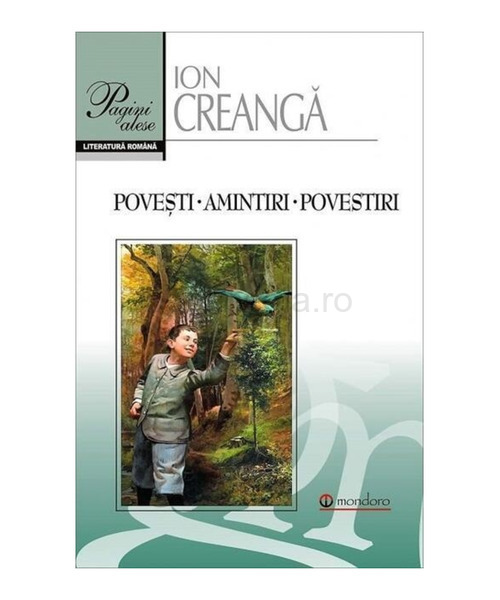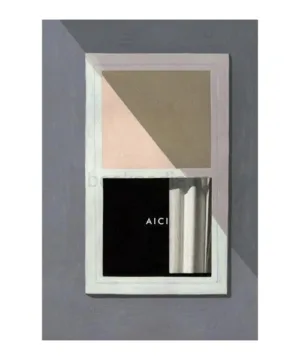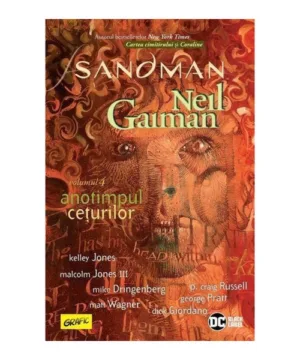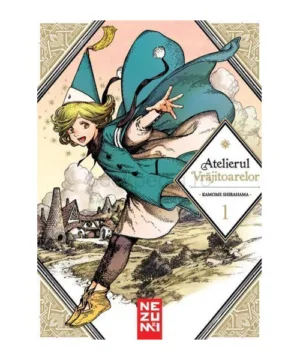Prehistoric Symbols and Mythical Origins
45,00 lei
| Authors | Constantin Sebastian Crasnaru |
|---|---|
| Publisher | Coresi |
| Year | 2020 |
Additional information
| General | |
|---|---|
| Authors | Constantin Sebastian Crasnaru |
| Publisher | Coresi |
| Year | 2020 |
| Others | |
| Identification | |
| Format |
Description
The preferential use of “geometric” markings in prehistoric art raises an essential question: is it possible that some ornaments may have had primordial symbolic meanings, which have been lost over the millennia, the motifs retaining only the decorative purpose?
Trying to answer the question, the first part of the paper brings to the attention of the reader three generic compositions called the rhombic configuration, the spiral, and the inverted volute, identified in archaic markings of prehistoric art. The work shows how each archaic marking develops an early symbolic meaning built on the cosmic analogy, related to the standards of Paleolithic life, compatible with cultural-technological achievements of the time. By knowing them, we better understand the symbolic thinking of our ancestors; we better understand who we are.
The second part of the paper invites the reader willing to discover the esoteric sphere of the primordial, unknown myths, about supernatural entities from ancient times: the Egyptian goddesses Neith and Isis, the divine offspring Athena and Dionysus.
Overall, the paper brings to the attention of the reader a representative body of old and very old symbols—subsumed to the cosmic analogy—framed within a free hypothesis, without preconception, from a self-taught perspective.
















